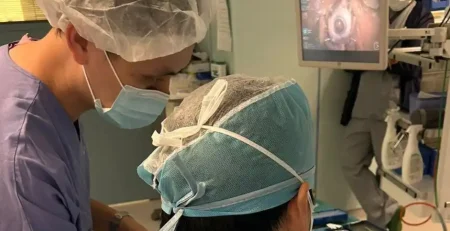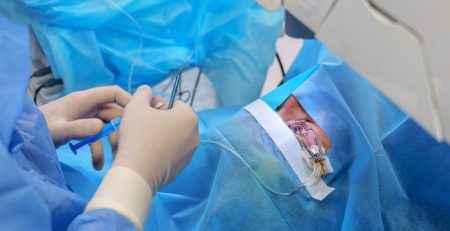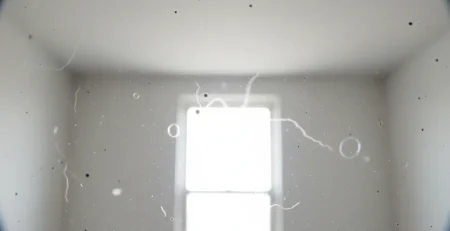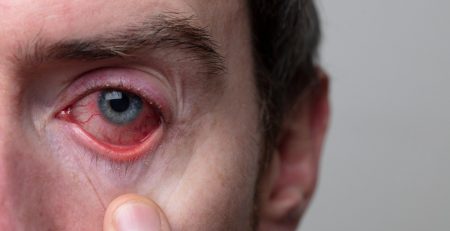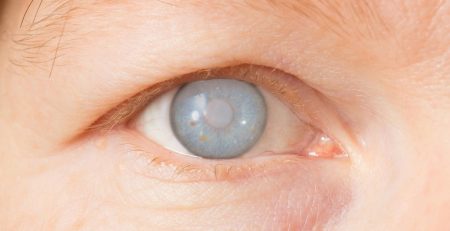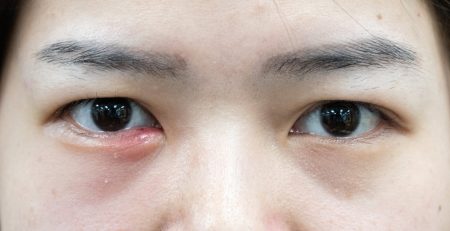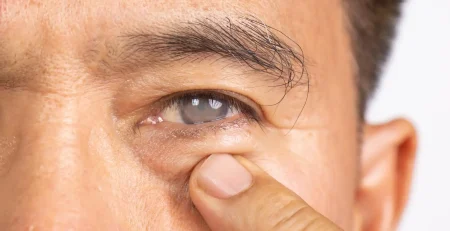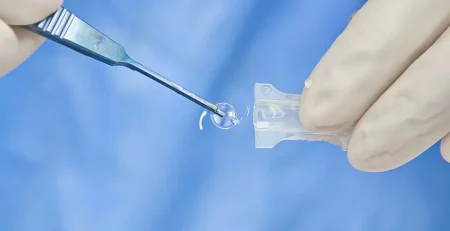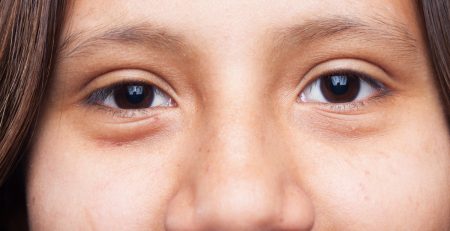Nasolacrimal Duct Surgery in Singapore – A Complete Guide
Nasolacrimal duct surgery is a specialized procedure aimed at treating blockages in the tear drainage system. These blockages can lead to excessive tearing, recurrent eye infections, and discomfort. Singapore offers world-class treatment options and skilled surgeons to address this condition effectively.
Introduction to Nasolacrimal Duct Surgery in Singapore
The nasolacrimal duct is the passage that drains tears from the eyes to the nose. When this duct is blocked, it disrupts normal tear flow, causing a buildup of tears on the eye surface. Nasolacrimal duct surgery, most commonly performed as dacryocystorhinostomy (DCR), is a highly effective solution to restore tear drainage and alleviate symptoms.
Singapore is a leading destination for nasolacrimal duct surgery, offering advanced diagnostic tools, minimally invasive techniques, and a patient-centric approach.
Causes and Symptoms
Blockages in the nasolacrimal duct can occur due to:
- Congenital abnormalities: Present from birth, these blockages are common in infants.
- Age-related changes: Narrowing of the duct over time is a frequent cause in adults.
- Infections or inflammation: Chronic sinusitis or eye infections can lead to scarring in the duct.
- Trauma or surgery: Injury to the nose or previous surgeries near the tear drainage system.
Symptoms of a blocked nasolacrimal duct include persistent tearing (epiphora), recurrent eye infections, swelling near the inner corner of the eye, or discharge.
Nasolacrimal Duct Surgery Treatment Options
The choice of treatment depends on the severity of the blockage and the patient’s specific condition:
- Balloon Dacryoplasty: A minimally invasive option often used for partial blockages, especially in children. A small balloon is inserted and inflated to open the duct.
- Dacryocystorhinostomy (DCR): The most common surgical treatment for complete blockages. DCR involves creating a new passageway for tears to drain into the nasal cavity. It can be performed externally with a small incision near the nose or endoscopically through the nasal passage.
- Stent Placement: Temporary stents may be inserted to keep the newly created tear pathway open during healing.
Each procedure is tailored to the patient’s unique needs, ensuring the best possible outcome.
Recovery and Aftercare
Recovery from nasolacrimal duct surgery is typically smooth. Most procedures are performed on an outpatient basis under local or general anesthesia. After surgery, patients may experience mild swelling or bruising, which subsides within a week or two.
Post-surgery care includes:
- Using prescribed eye drops or nasal sprays to prevent infection and reduce inflammation.
- Avoiding strenuous activities, nose-blowing, or rubbing the eyes for a few weeks.
- Attending follow-up appointments to monitor healing and ensure the success of the procedure.
Singapore’s healthcare professionals emphasize detailed aftercare to support a quick and successful recovery.
If you’re struggling with excessive tearing or recurrent eye infections, nasolacrimal duct surgery in Singapore offers a lasting solution. Consult Dr Roy to explore your options and restore comfort to your eyes.


